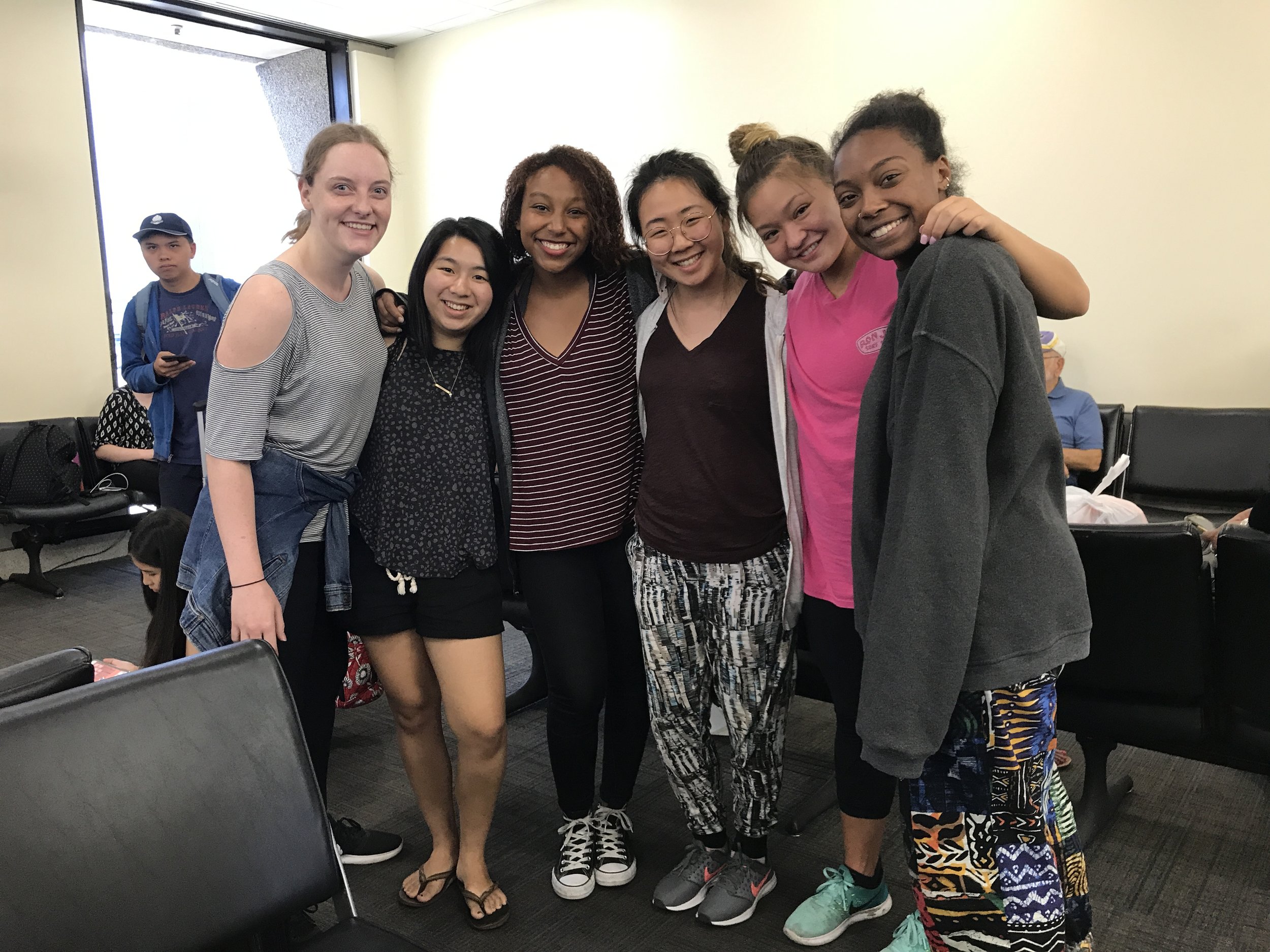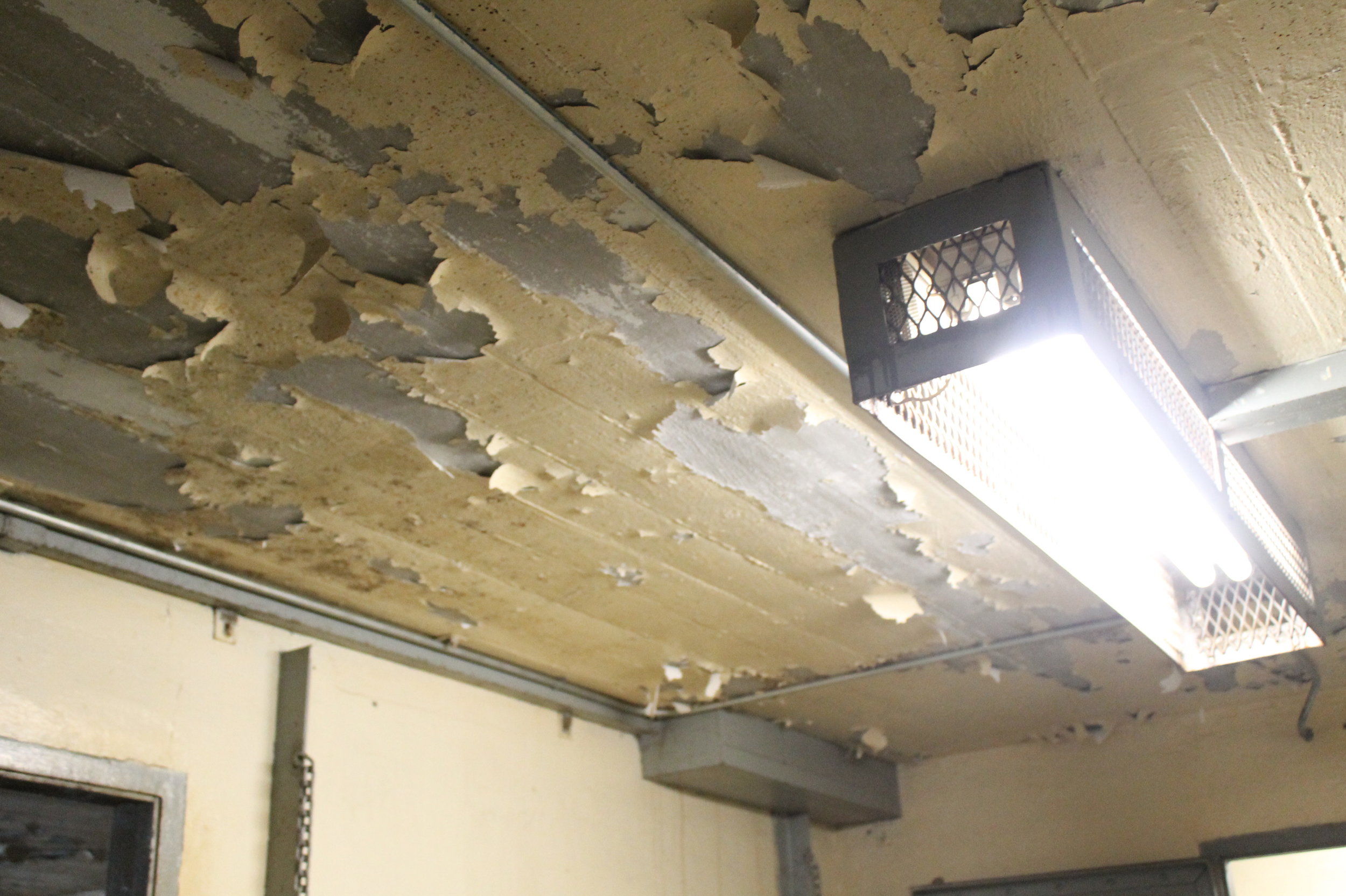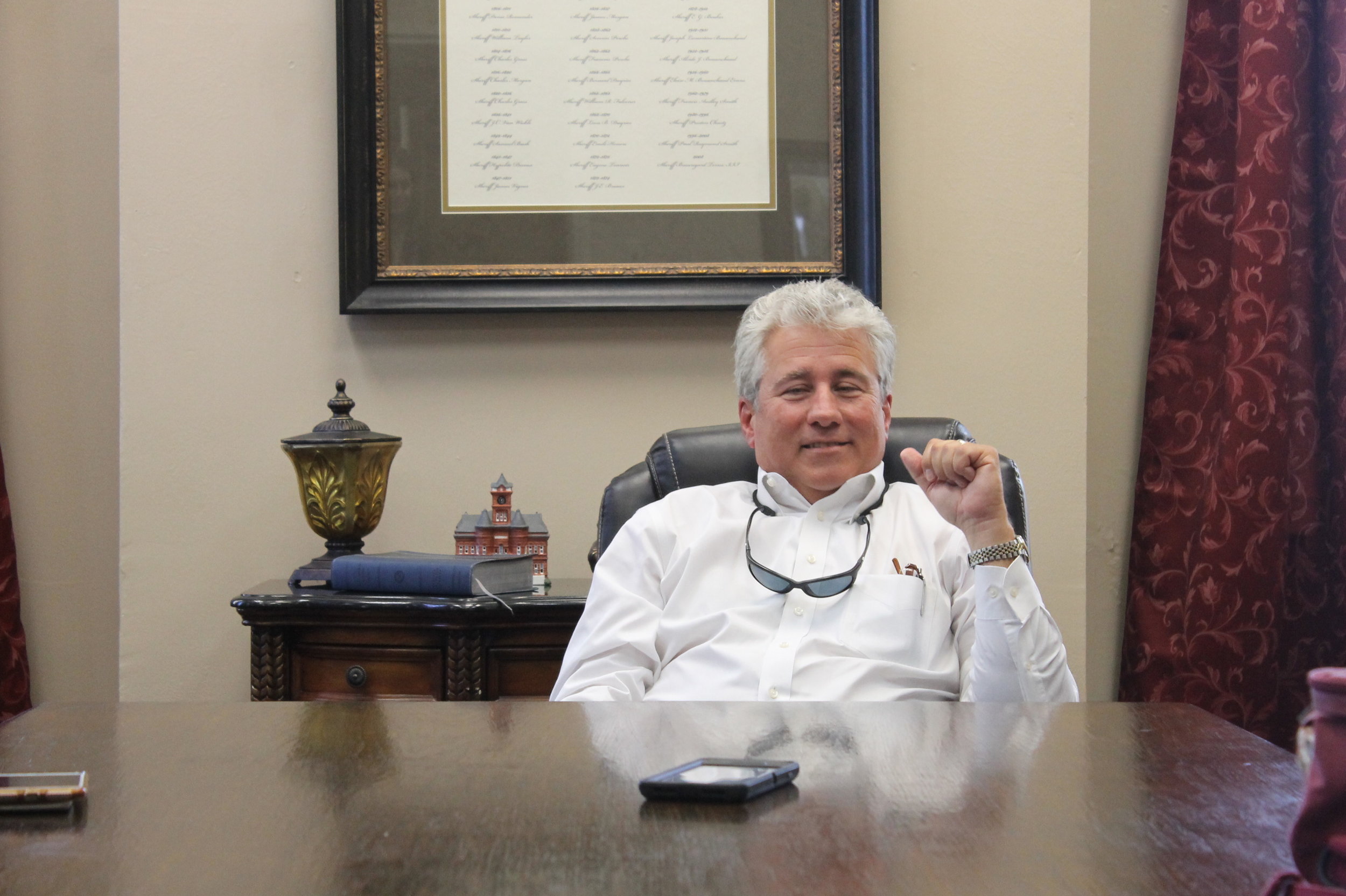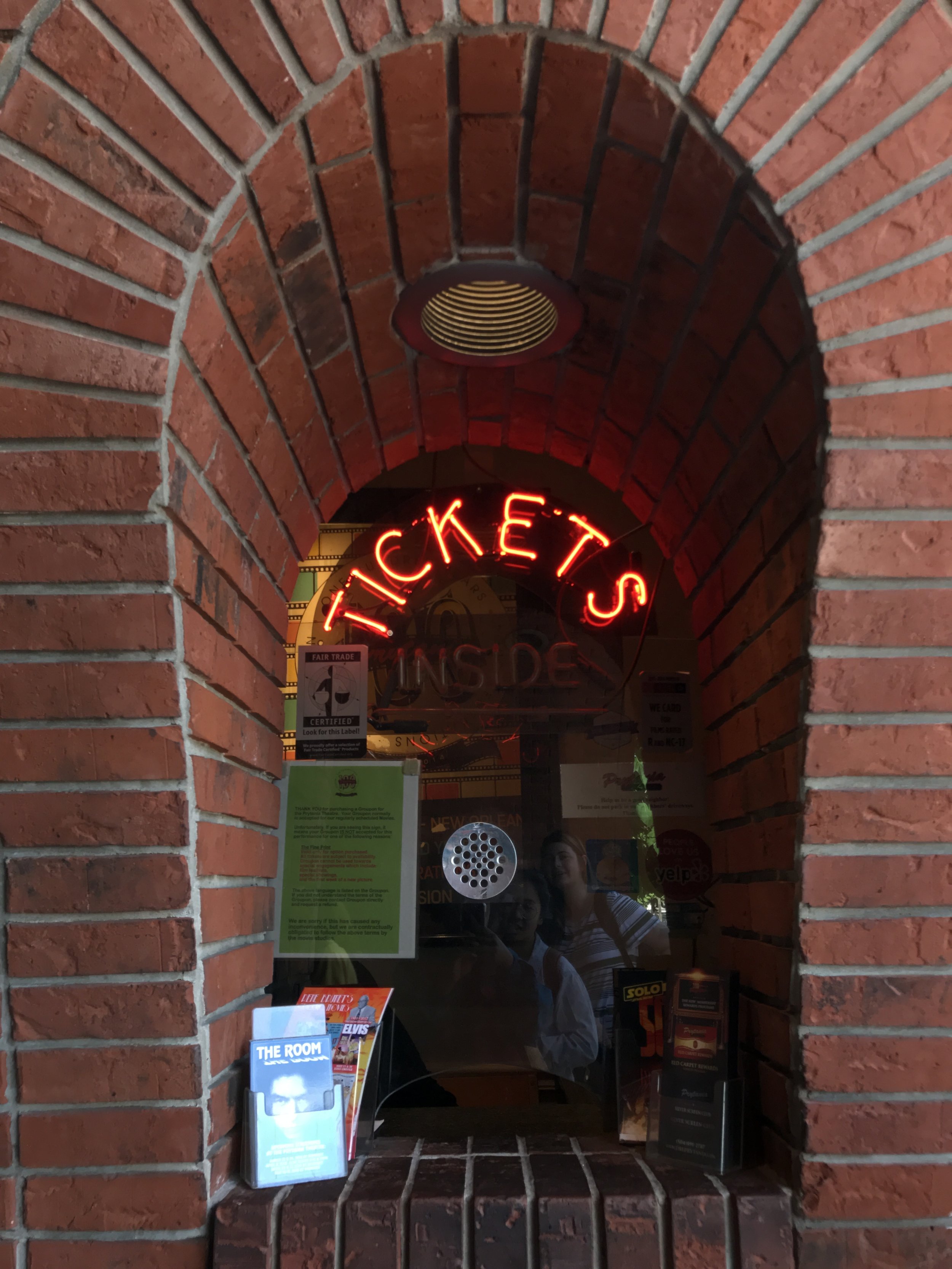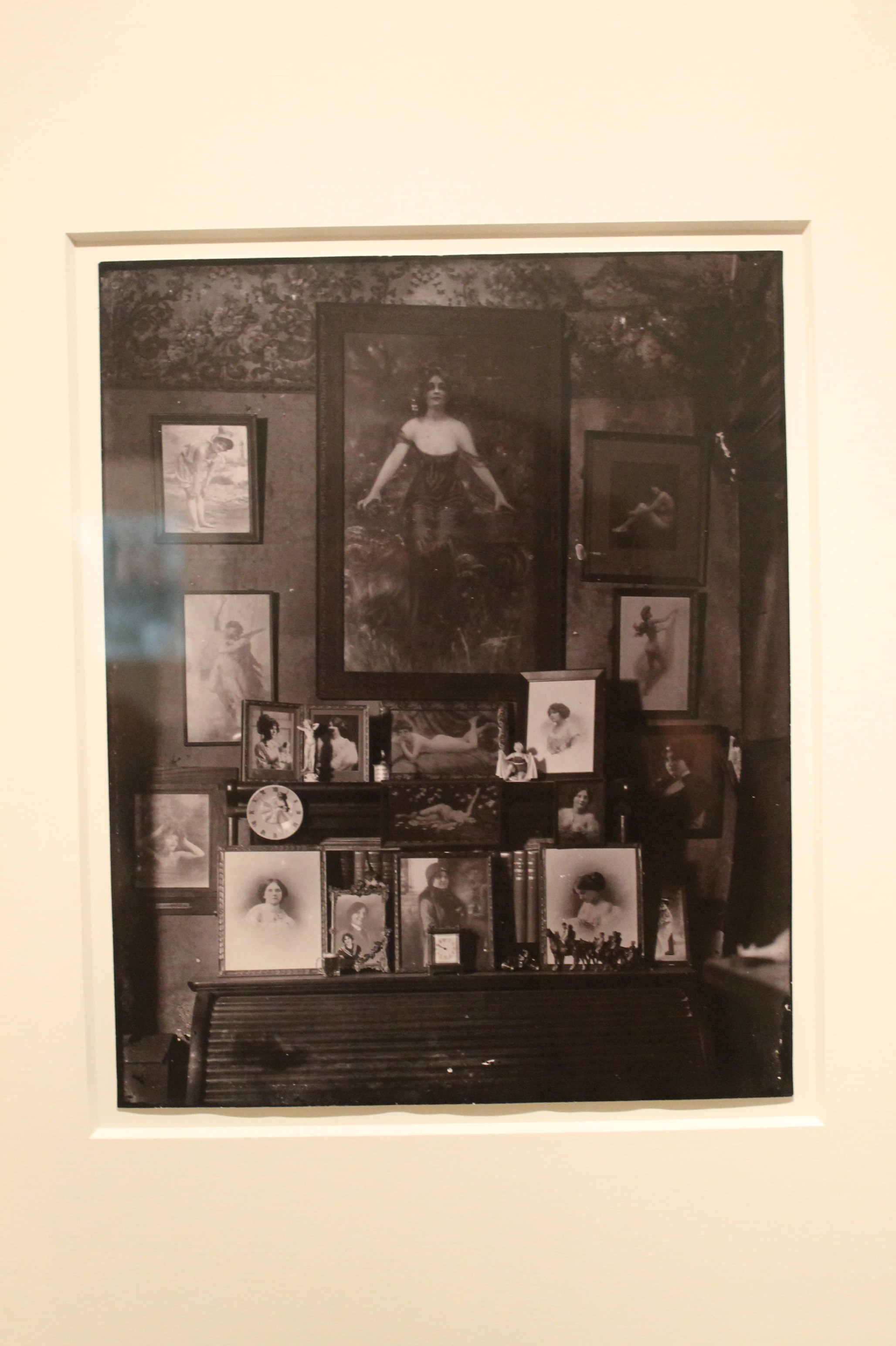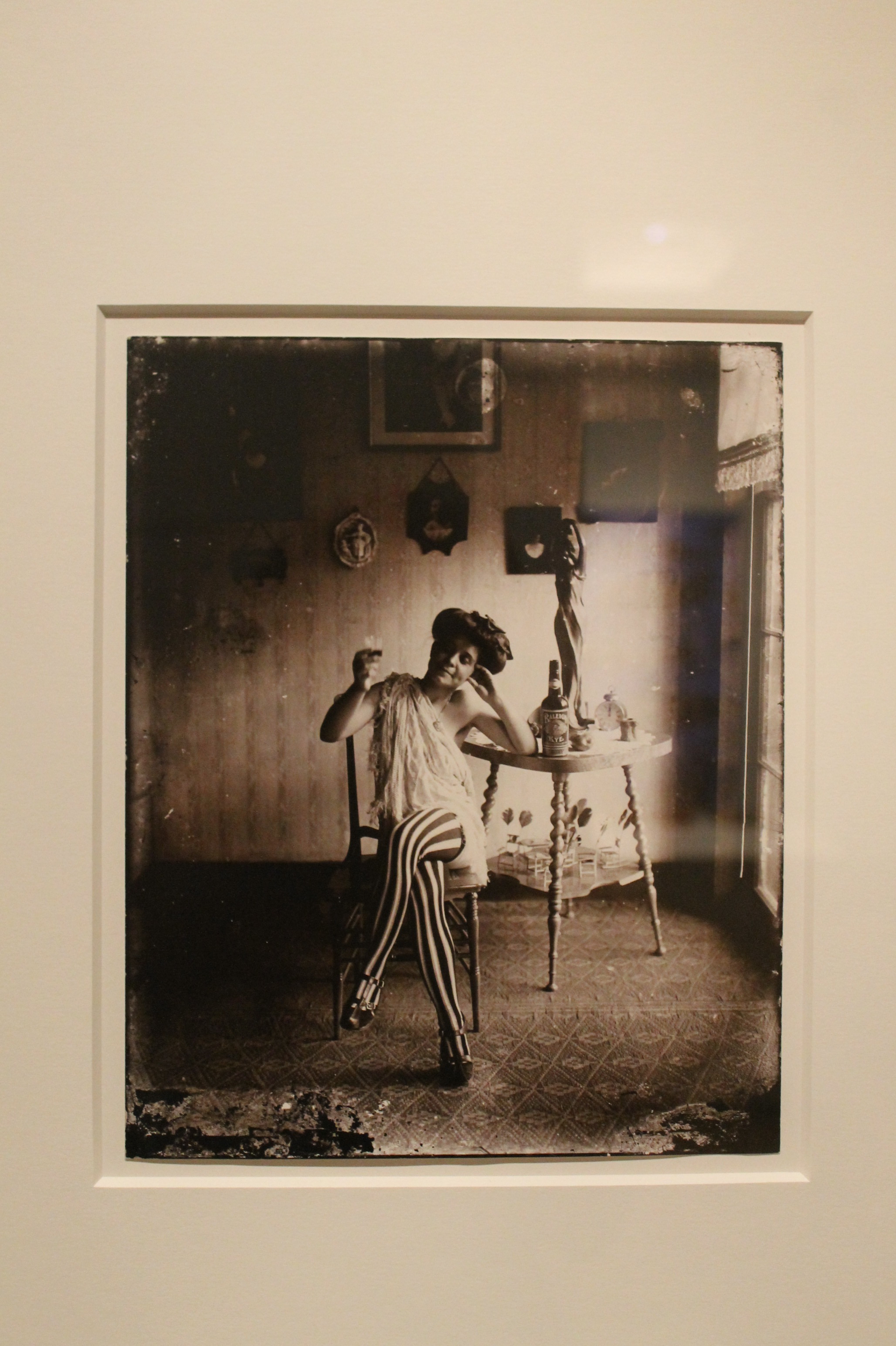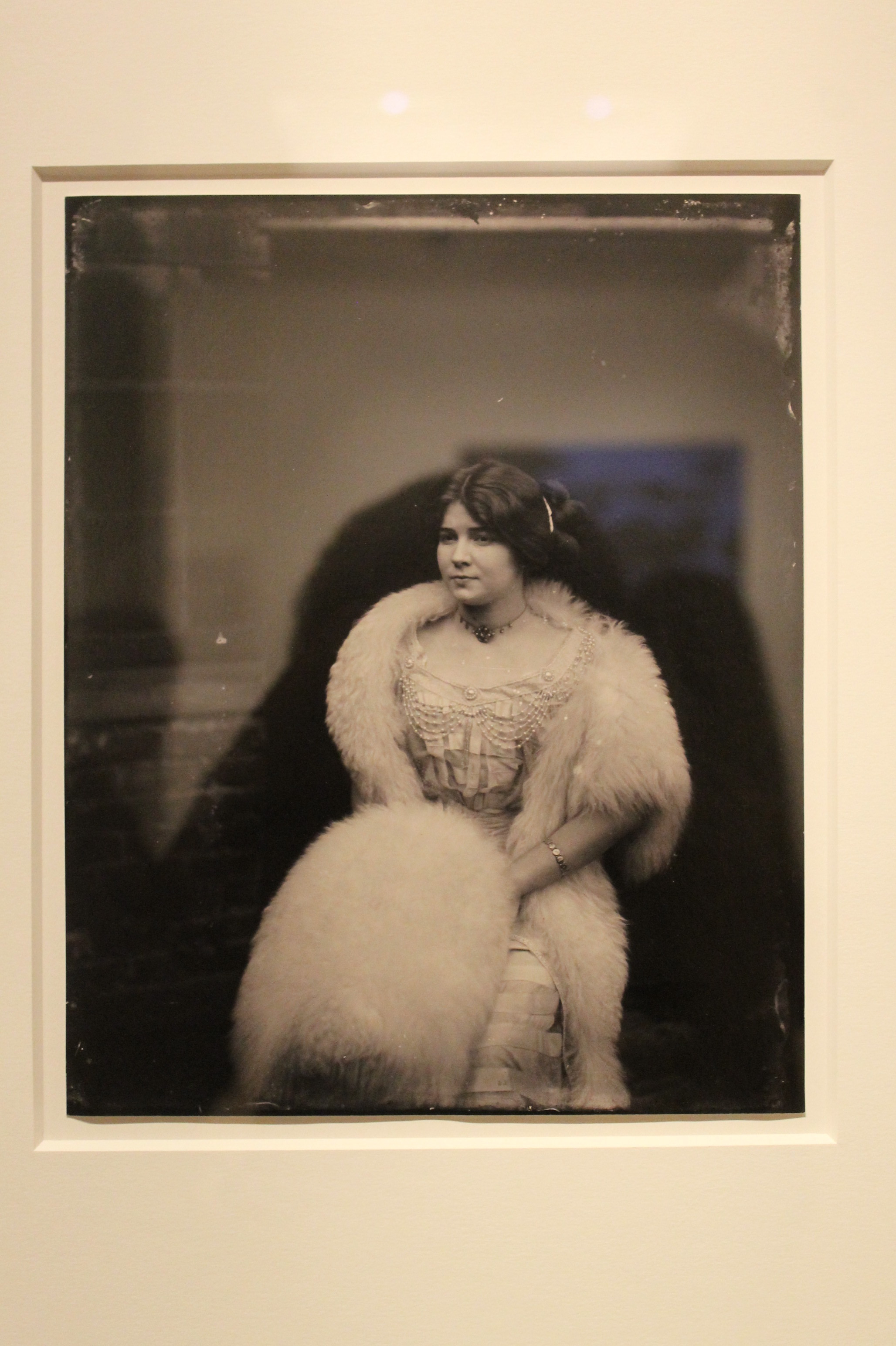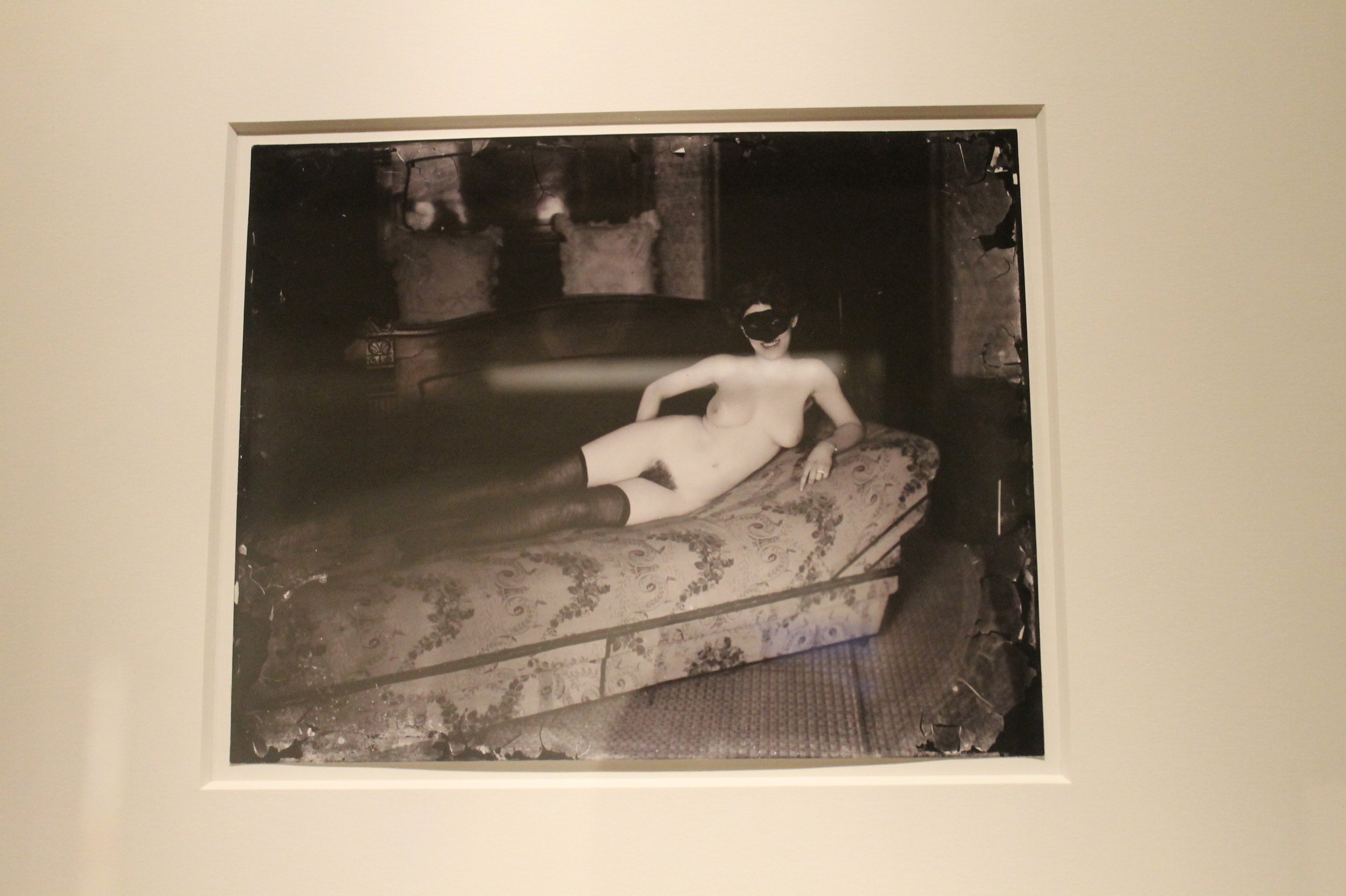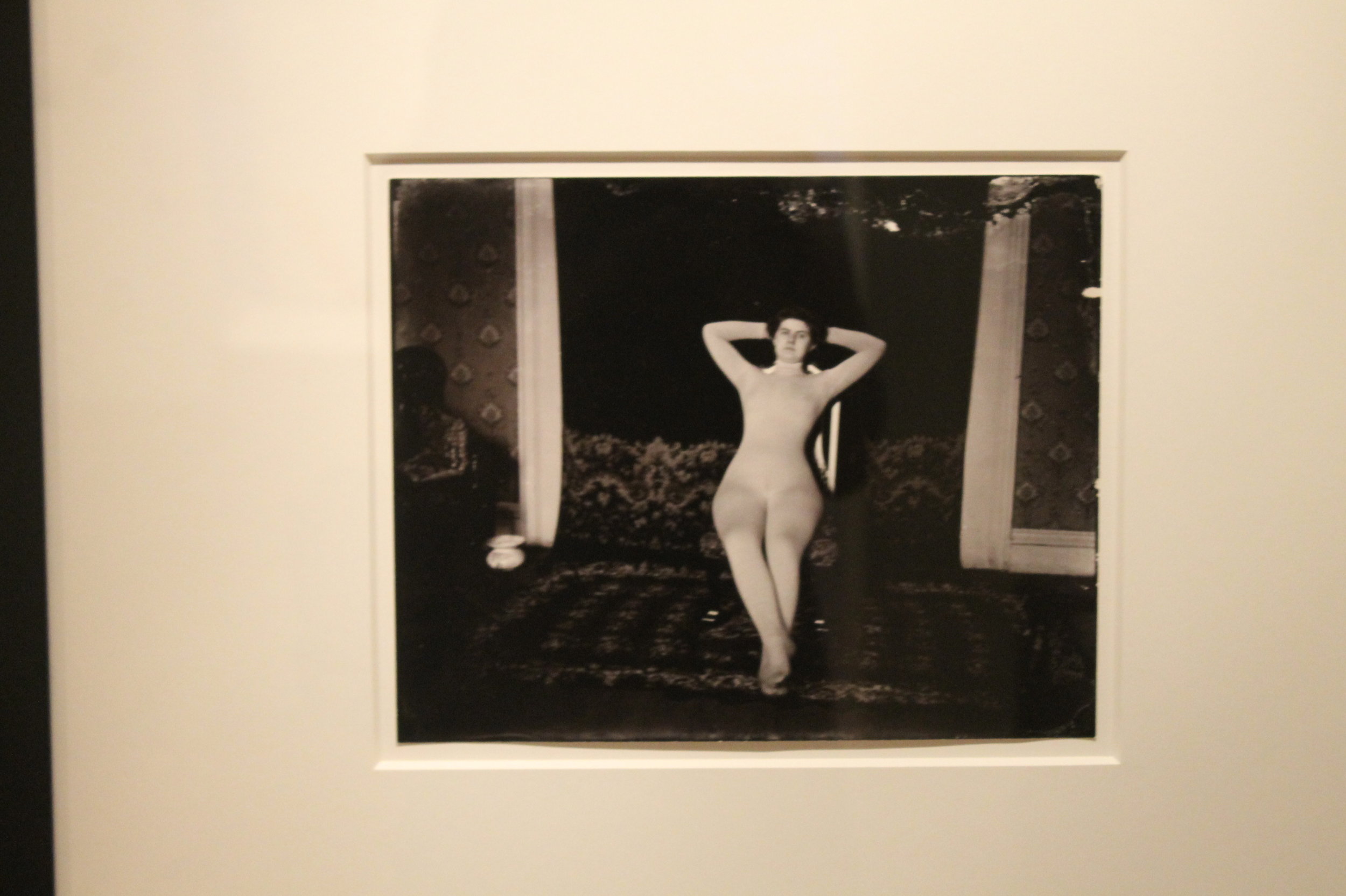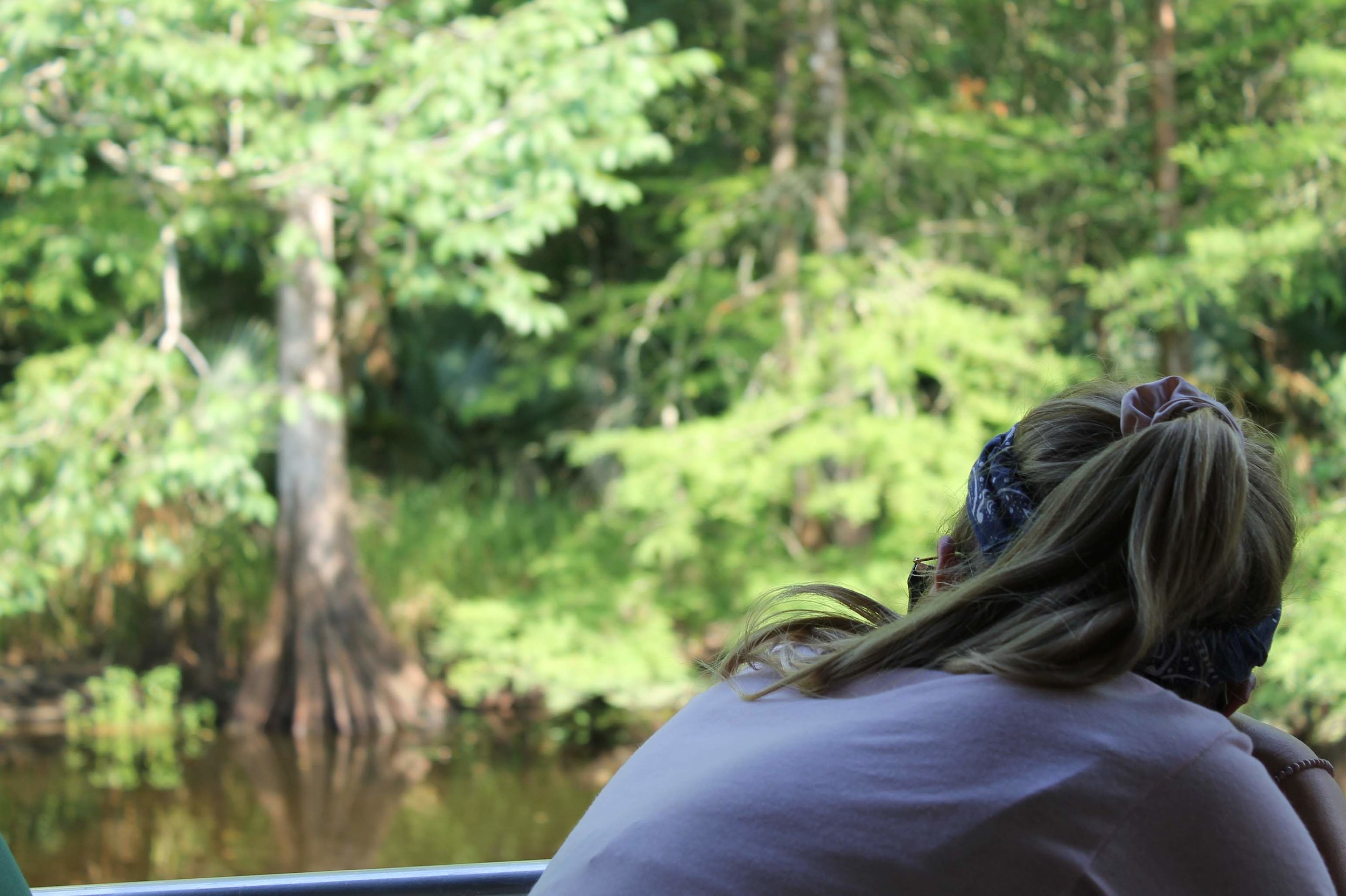“This is goodnight and not goodbye”
This blog post has by far been the hardest one to write. I’ve spent the last week, opening the document on my computer and staring at the blank page. It is supposed to be reflective and supposed to encapsulate the last month that I spent in Southern Louisiana but I really don’t know what to say. It is impossible to put into words how incredible this past month has been. I traveled to parts of Louisiana that I never would have seen on my own. I met and became close friends with a group of people that I never would have met. Despite USC’s efforts to create a community, it is still a large school-mostly divided by majors or clubs and the diverse collection of people who were brought together on this maymester may have never had another opportunity to get to know each other. I learned so much about myself, my own culture and the experiences of people in Louisiana in a way that a classroom never would have taught me. I value education and I am grateful for the classes that I have taken at USC, however, none of them come close to this maymester. It is a luxury and an honor to be able to learn about such a unique vibrant city while living in that city. It changed how I read each novel and altered my understanding of their history. For example, I have watched documentaries and read about the disaster of Hurricane Katrina. Prior to this trip, I thought that I had a deep understanding of what it must have been like to be there for the disaster-however, I was wrong. By seeing the lower 9th-a part of Katrina that was and still is deeply affected by the disaster, by peeking through the gates of the abandoned Six Flags- an amusement park that was destroyed and forgotten after the hurricane, and by walking through their museum I got a more clear understanding of what was lost during that storm. There is a piece of Southern Louisiana that feels lost and damaged. There is something missing yet, the people who we met and the celebrations that we were able to take part of exemplified their ability to smile in the face of adversity. This city has a resiliency that I have not found in the other cities I visited. This resilience, however, had to be brought to my attention. It simmers just underneath the parties, food and mardi gras beads. Our professor, Andrew, was able to bring to light the history that exists underneath the experiences that we were having. Over dinner, he could explain to us the differences between creole and cajun food. While standing in front of Huey Long’s statue, he could explain to us the significance of his death and his impact on Louisiana. While reading Dr. Gaines’ A Lesson Before Dying, Andrew could show us the prison cell where Jefferson would have been kept and the schoolhouse where Grant would have taught. My point is that there is only so much the classroom can teach before experience has to step in. This Maymester has been an unforgettable experience and I am so thankful to have been a part of it.
When my mom first brought me to the airport, I didn’t want to go. I had been excited for weeks and had been doing everything I could to prepare myself for the upcoming month but when we got to the airport the reality of what I would be doing kicked in. I would have to spend the next month with people I don’t know, in a city I don’t know, and be graded on my experience of that place. I had mentally planned for the worst-lots of awkward outings, ordering in food and counting down the days till I could go home and be with my friends but, about a night or two in, a few of us stayed up late, cooking brownies and sharing stories from our lives at USC. It was that night that I realized that I could be okay and that I could make friends here and enjoy getting to know these strangers for a month. That being said, I didn’t expect to be tearing up as I left two of my closest friends at the airport. I didn’t expect to miss them already. One of the most valuable parts of this experience has been getting to see everything with them. A big part of Maymester for me became discussing the food, the tours and the culture with people that I had become close to. It was important that we were all experiencing Louisiana differently at the same time and it gave me an even more vivid understanding of what this place is like for the people who lived there. In a matter of weeks, we developed a small community that looked to each other for understanding, laughs and a good time. It also just made that month more fun.
I’m happy to be home. Despite wishing I could spend more time with our Maymester class, I wouldn’t have wanted this trip to be any longer or shorter than it was. It came to a perfectly timed end. There is still more to see, more to read and more to do but to dig even deeper into Louisiana would have meant staying for another month or year. It would have meant really moving in and getting to know what it’s like to live there, rather than living out of a suitcase in the Lafayette Hotel. I hope that in the upcoming months I can take with me the lessons that I learned while in New Orleans on how to live an experience instead of photographing it, how to relax and let life happen and how to let experience add to the learning that happens in classrooms or in books. I’ve loved this course and thank you Andrew for everything.

